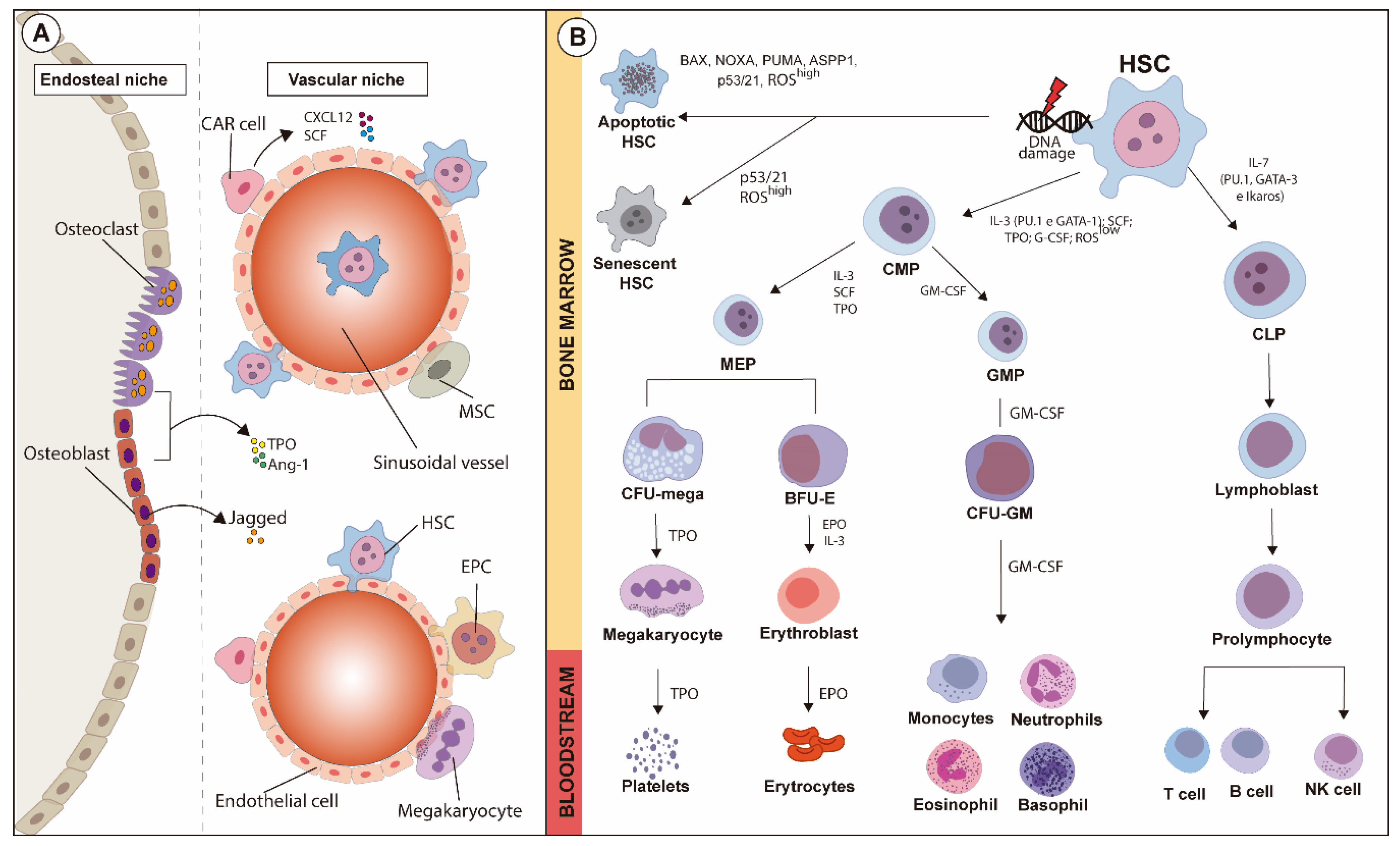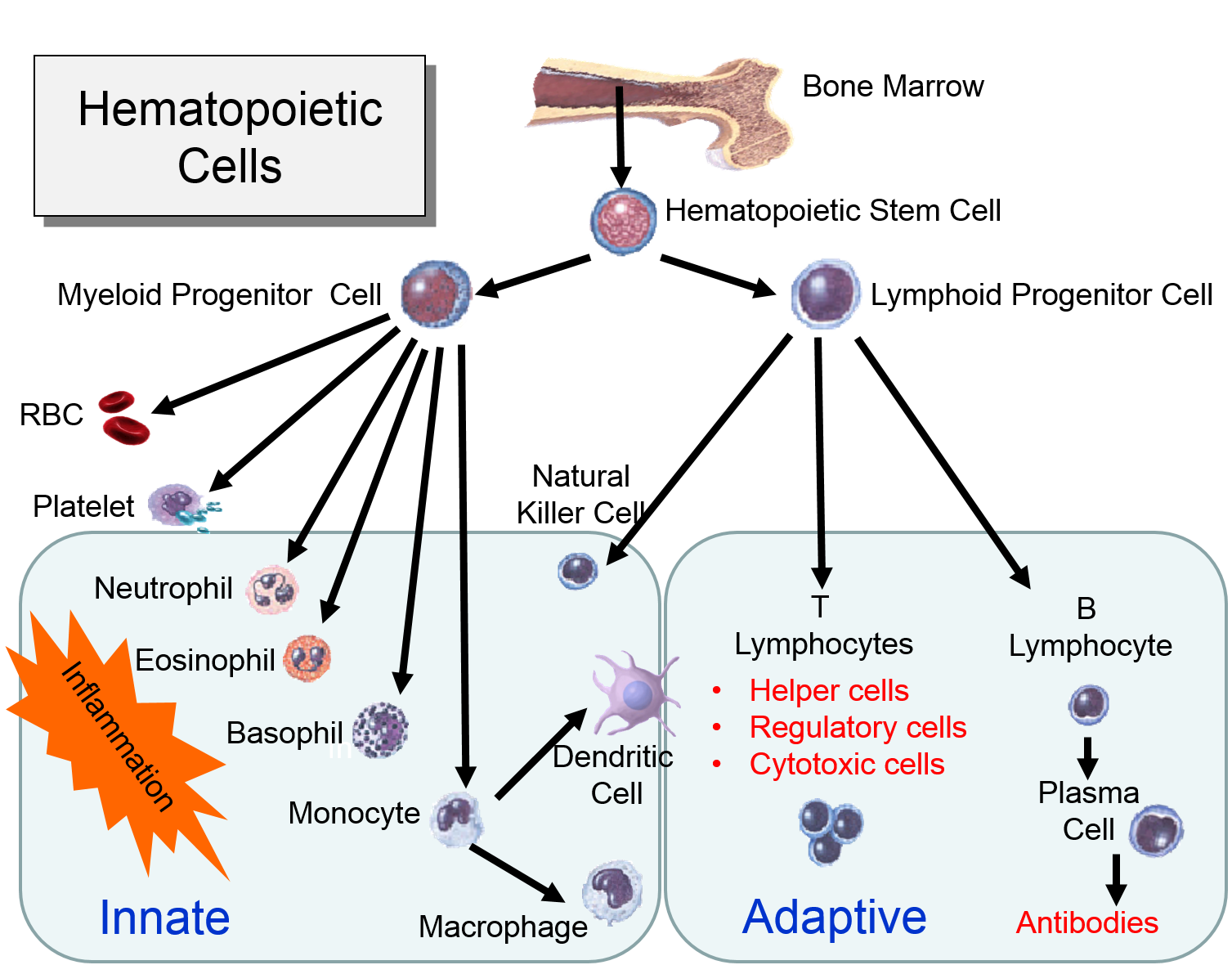Cellular and Molecular Mechanisms of Biology Diagrams Diagram showing the development of different blood cells from haematopoietic stem cell to mature cells Haematopoiesis (/ hɪˌmætəpɔɪˈiːsɪs, ˌhiːmətoʊ -, ˌhɛmə -/; [1][2] from Ancient Greek αἷμα (haîma) 'blood' and ποιεῖν (poieîn) 'to make'; also hematopoiesis in American English, sometimes h (a)emopoiesis) is the formation of blood cellular components. All cellular The hematopoietic system is the cornerstone of human physiology, responsible for the continuous production of life-sustaining blood cells. This complex network of organs and tissues, including the bone marrow, spleen, thymus, and lymph nodes, ensures the formation of red blood cells (RBCs), white blood cells (WBCs), and platelets.

This chapter reviews the anatomy and physiology of the hematopoietic system with a focus on the bone marrow to provide a basis for understanding the repercussions of hematologic abnormalities. The haematopoietic system (spelled hematopoietic system in American English) is the system in the body involved in the creation of the cells of blood. [1] Figure 2 | Hematopoietic System of Bone Marrow | 5 This figure illustrates the organization of the hematopoietic system within the bone marrow. Hematopoiesis is the process by which all blood cells are produced from hematopoietic stem cells (HSCs).

How the Hematopoietic System Works: From Stem Cells to Blood Cells Biology Diagrams
Hematopoiesis is the production of all of the cellular components of blood and blood plasma. It occurs within the hematopoietic system, which includes organs and tissues such as the bone marrow

Hematopoiesis is the process by which the body produces new blood cells. It occurs in the bone marrow. Blood is a vital component of the human body, responsible for transporting oxygen, nutrients, and waste products. But have you ever wondered where these blood cells come from? Enter hematopoiesis, the remarkable process of blood cell formation. Occurring primarily in the bone marrow

Histology, Hematopoiesis Biology Diagrams
1 Introduction The hematopoietic system is comprised of all blood-forming tissues and circulating blood cells, and is one of the largest organs in the body. Its primary function is hematopoiesis, the continuous production of highly specialized mature circulating blood cells responsible for respiratory (hemoglobin in erythrocytes), immune (leukocytes), and hemostatic (thrombocytes/platelets The hematopoietic system is the set of organs and tissues in which the formed elements of the blood are formed, differentiated, recycled and destroyed. That is, it encompasses the sites where they originate, mature and exert their functional action.
